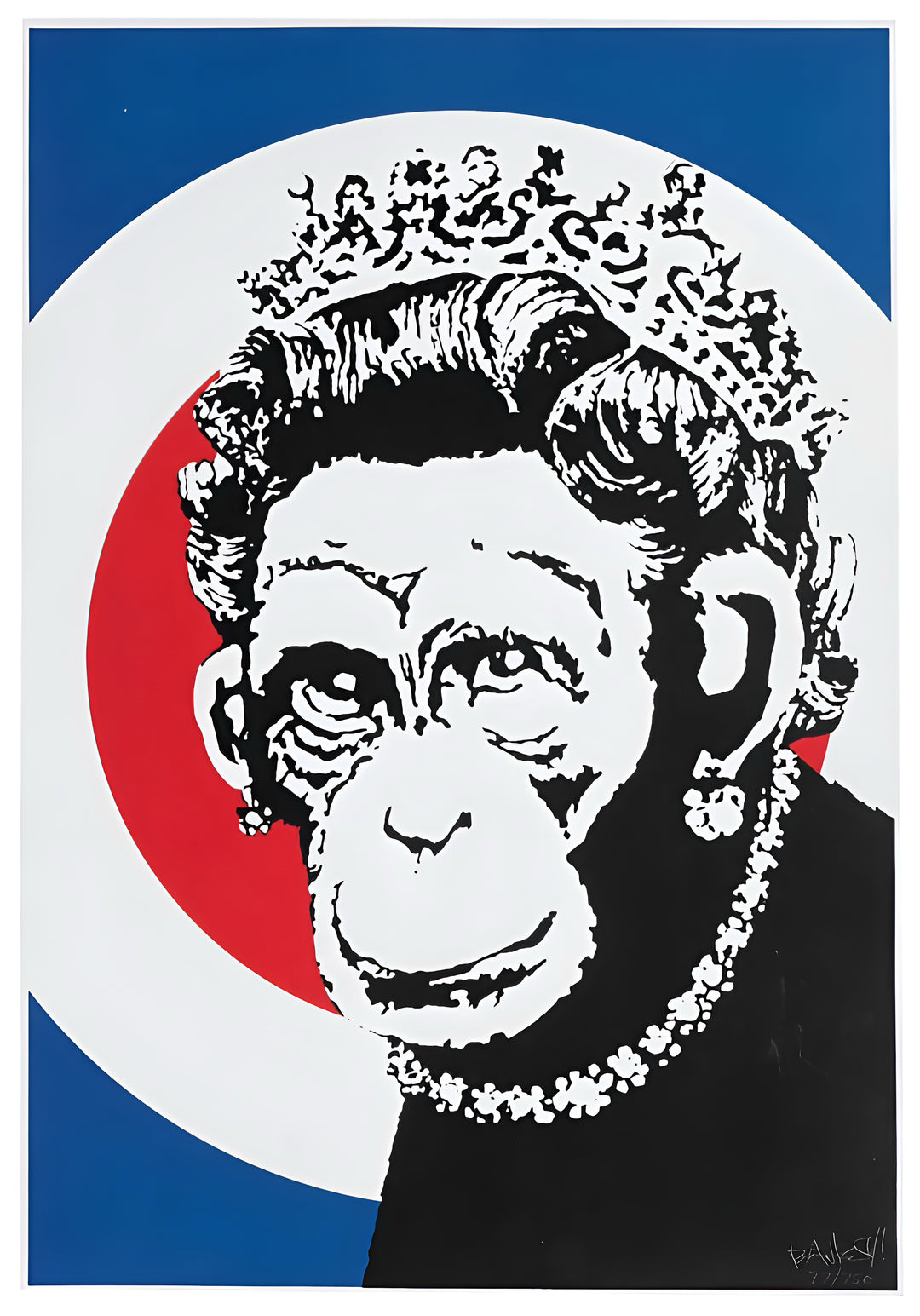
Minimalism
Minimalism is an art movement that emerged in the mid-20th century, characterized by the reduction of elements and the elimination of the superfluous to focus on the essential. This movement was influenced by abstract art and suprematism from artists like Kazimir Malevich, who promoted the idea of reducing art to its purest forms. In minimalism, simplicity and the use of basic geometric shapes are fundamental, eliminating complexity and excess details.
Donald Judd, one of the main representatives of minimalism, is known for his sculptures and modular structures that emphasize materiality and space. Another prominent minimalist is Dan Flavin, who used fluorescent lights to explore the interactions of light and space. Agnes Martin, with her paintings of delicate lines and simple forms, is also a key figure in minimalism, seeking serenity and balance in her work.
Minimalism has had a significant impact on various subsequent art movements, including conceptual art and contemporary art in general. Additionally, it has influenced fields like architecture and design, promoting an aesthetic of simplicity and functionality. The influence of minimalism can be seen in the work of contemporary artists who seek essence and clarity in their work. This movement, with its focus on the fundamental, continues to be relevant in the art world and beyond, constantly redefining our perception of beauty and form.





